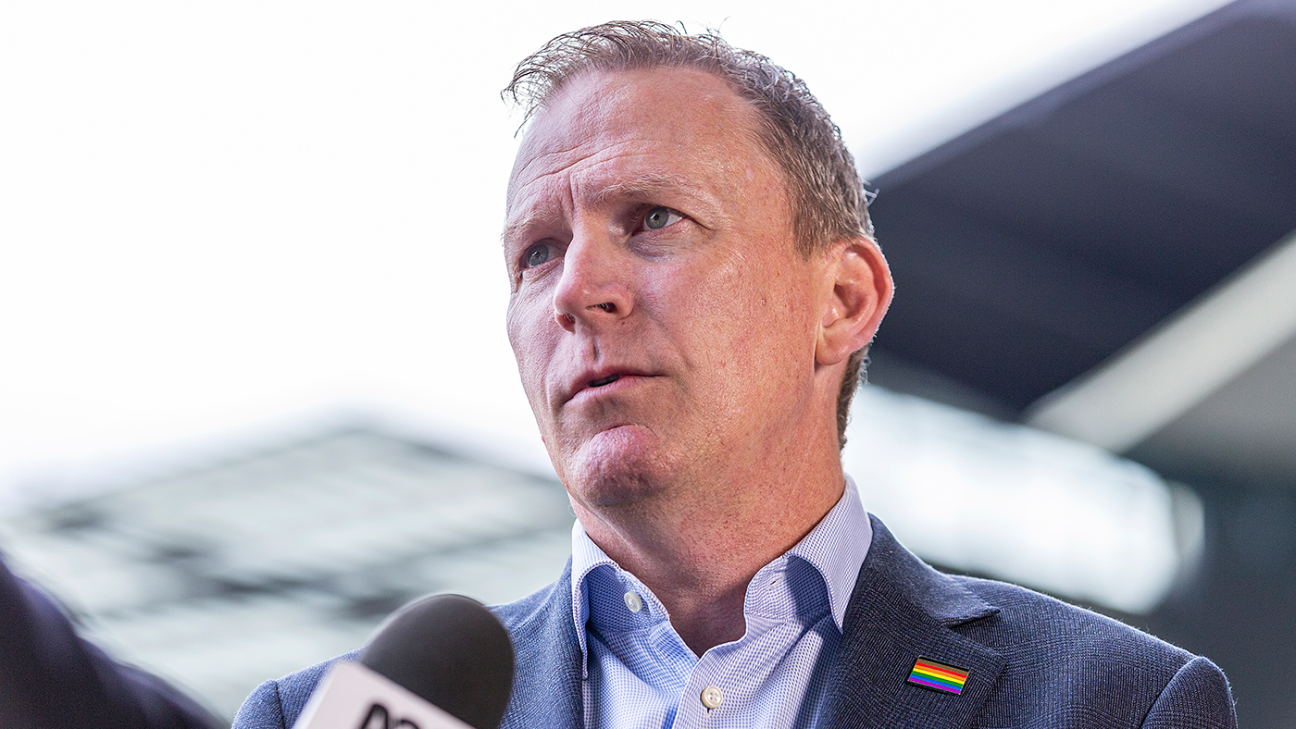What’s the latest situation at Cricket Australia?
The majority of staff, approximately 200, will be stood down next week on 20% of their salary or the equivalent of the Australian government’s JobKeeper payment of A$1500 per fortnight, which was introduced to help companies during the pandemic, until the end of the financial year on June 30. CA employees are not eligible for the actual JobKeeper payment because the board’s revenue hasn’t fallen enough. The executive team (led by CEO Kevin Roberts) and a skeleton staff to maintain basic operations will continue on 80% of their salaries for the same period.
What are the overall numbers CA are talking about?
Without getting too deep into books and balance sheets, CA had $97 million in mid-March which, under normal circumstances, had been budgeted to drop to $40 million by September before rebounding to $100 million by the time India visited in December. However, updated calculations have shown they would be down to $20 million – and only if there were no more major hits over the next few months. There is dispute among CA, the states and the ACA whether these figures are correct, with some estimates putting the likely September figure closer to $60 million. CA gets its regular broadcast rights installments – believed to be about $70 million each time – from Fox Sports and Seven every March and September.
How much money is being saved?
Roberts said that A$20 million has been shaved off by cost-cutting measures in recent weeks although the staff stand down only equates to about A$3 million of that – executive salaries alone were revealed to be more than A$6.5 million in the most recent annual report. There are already suggestions that the temporary stand downs may become redundancies later in the year.
A few weeks ago they appeared confident of weathering the pandemic. What has changed?
The potential length of the pandemic, Cricket Australia’s exposure to the stock market where investments have taken a significant hit and numerous unpaid fees from debtors. Not everyone is convinced by the arguments, however. While only the tail-end of the recent season was effected – the ODI series against New Zealand and the final rounds of the Sheffield Shield – if next summer is disrupted, especially the visit by India, it would be a huge financial blow. Even if the India Test series does go ahead it is appearing increasingly likely it will have to be behind closed doors and Roberts has said that alone could have an A$50 million dollar hit to CA income. If the series doesn’t go ahead at all, the losses could be in the “hundreds of millions of dollars” according to Roberts, probably in the order of A$300 million.
How are CA running low on money, don’t they have a billion-dollar TV deal?
They do, and there is still a lack of clarity over CA’s exact cash position after Roberts’ earlier pronouncements. If the pandemic hadn’t hit, CA would have been eating into their cash reserves during this period and it highlights how the game lives on the marquee series involving England and India although few would ever have envisaged the situation the world is now in. One of CA’s concerns is whether companies such as sponsors and TV who are due to make payments over the coming months will be able to due to their own financial stresses. However, there is disquiet over whether the drastic level of cuts are needed and whether the impact on such a large number of staff is worth the relatively small saving made. This has been proven by the state associations arguing successfully against a 45% in their annual grants, a figure now likely to land somewhere between 20% and 25%.
How could this impact the players?
This is one of big issues now facing CA. The deadline for naming the 2020-21 player central contracts is April 30. Australia’s contracted players have a revenue share model which was at the center of the bitter pay battle in 2017 – it basically means that the value of contracts are linked to the financial success or otherwise of CA. “We’ve ridden the highs, now is the time to ride the lows a little bit,” Josh Hazlewood said. However, there is a suggestion that players will be asked to take additional pay cuts beyond what would be impacted by a fall in CA revenue. Of course, central contracts only cover the top level of players – the majority of Australian cricketers are employed by their states and they will be nervously waiting to see the impact of any reduction in funding.
Could this turn into another ugly pay dispute?
The relationship between CA and the ACA has improved over the last three years from the low point of the 2017 experience. However, players have admitted their surprise at how quickly what appeared a manageable situation has escalated into a near crisis and they want CA to be transparent with all their numbers. There is an understanding that every walk of life – not just cricket or sport – has been thrown into an unprecedented situation by coronavirus but there have already been some tough conversations, not only between CA and the ACA, but also between CA and the states.
